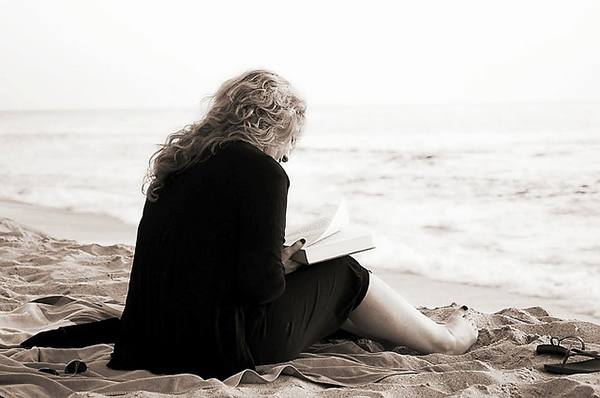The Big Read book list for 2015 was put forth by NWR’s Grantham group in keeping with the 2015 theme of Democracy, Liberty and Human Rights. Here are the reviews from our members…
The Last Runaway
by Tracy Chevalier
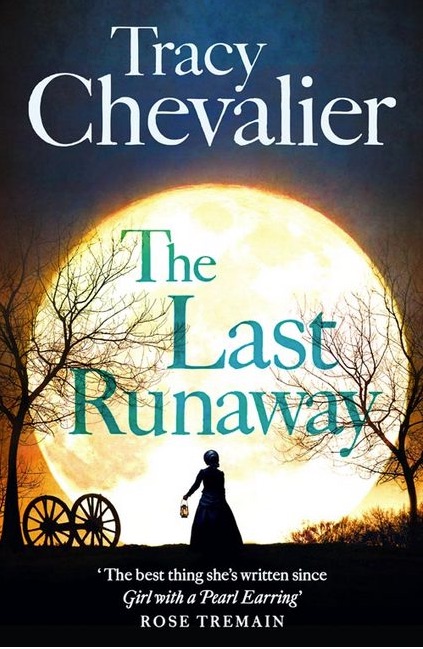
Our group found the title ambiguous and there was no general consensus on to whom it applied. The novel had a strong sense of time and place: we particularly enjoyed the descriptions of the milliner’s shop, the social quilting circle, and the bumpy wagon ride through the woods. We also enjoyed the chapter headings with the little quilting motifs below, the contrasts Tracy Chevalier drew between the shifting population of Ohio and the much less mobile population of rural Dorset, and the portrayal of characters such as Belle and Mrs Reed.
Some of the group felt that their sympathies were somewhat at odds with where the author had intended them to be: that perhaps the reserve of the Haymaker family was at least in part because they could sense that Honor was comparing Ohio unfavourably with Dorset much of the time, that they were remarkably tolerant of her feeding the runaway slaves in view of what had happened to Mr Haymaker, and that Jack, in particular, was actually very kind, despite the fact that he had been ‘shamed’ by his wife running away, much as Honor herself had been shamed before leaving England.
We liked the fact that the author kept us guessing about the plot until the end: none of us had foreseen the denouement. It is often said of Tracy Chevalier that she applies her research lightly, and we certainly felt that that was true in this book.
Altogether a jolly good read we thought …
Warwick & Leamington NWR
The Luminaries
by Eleanor Catton
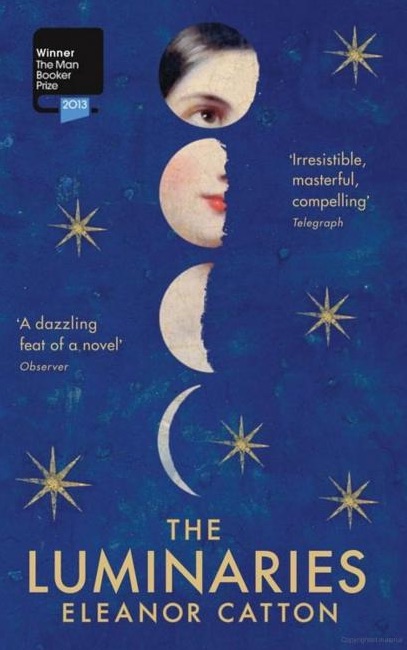
A Masterful Con!
Only one member had read it and proclaimed it a good read. The synopsis failed to say it was 832 pages long. So you can see that what follows is not a glowing testimonial.
We are a small group of ten and all but two attempted to make sense of the tale set in Victorian New Zealand that involved gold prospectors, opium, ladies of the night, murder and – dare I say it – out and out confusion of characters, all told in chapters aligned to heavenly bodies…
Needless to say, in true NWR fashion, we had a robust discussion. There were those who felt failures for giving up after a few chapters, only to be comforted to learn that a mere five people had read to the end of this Booker prize winning tome! The consensus was that we had been hoodwinked and the great and good of the publishing world had, in their own interests, promoted a book that was, in our opinion, a joyless read that had nevertheless brought fame and fortune to the author!
Folkestone NWR
Small Island
by Andrea Levy
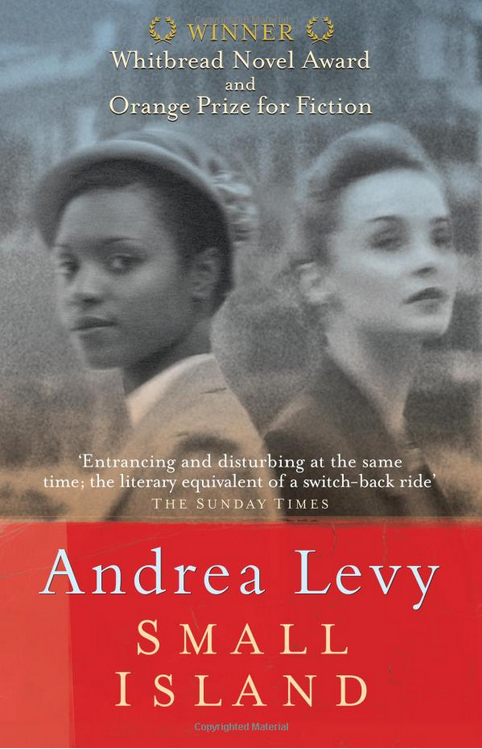
As this book deals with the experience of immigrants and racial issues in post war London, feelings were mixed about ‘enjoying’ it. But being an NWR group in the London Boroughs of Brent and Harrow, we all agreed that it was a book of our time. We were all of an age to have remembered the 1950s when signs appeared in the TO LET adverts stating ‘No coloureds or Irish.’ Then we were too innocent to understand what it meant, but the book makes you feel uncomfortable because it depicts the way our world was.
Although the book opens in London in 1948 and ends only a few weeks later, most of us liked the way the story developed through the eyes of the four characters in previous years, although some felt it jumped about too much. We discussed how it connected continents in wartime – Gilbert, a young Jamaican who joins the RAF to fight Hitler but finds himself fighting racism instead. And perhaps Bernard’s traumatic story of his wartime service on the India/Burma border does something to explain the twisted bigoted person whom Hortense, Gilbert and Queenie see.
However, we liked the way Andrea Levy is also able to breathe humour into the hardships and dire circumstances the characters had to endure. Most of us thought Hortense was the best character, having been brought up properly and speaking correctly only to be unaware that her Jamaican Patois was not understood by many white British.
A lot of discussion was provoked by Small Island. As a novel we found the conflicts between the four characters its backbone – conflicts as much within the two marriages as between the Jamaican and English characters. But it was no Downton-style romanticism of the past though. This was cruel harsh post-WW2 reality.
Kenton NWR
The Secret Life of Bees
by Sue Monk Kidd
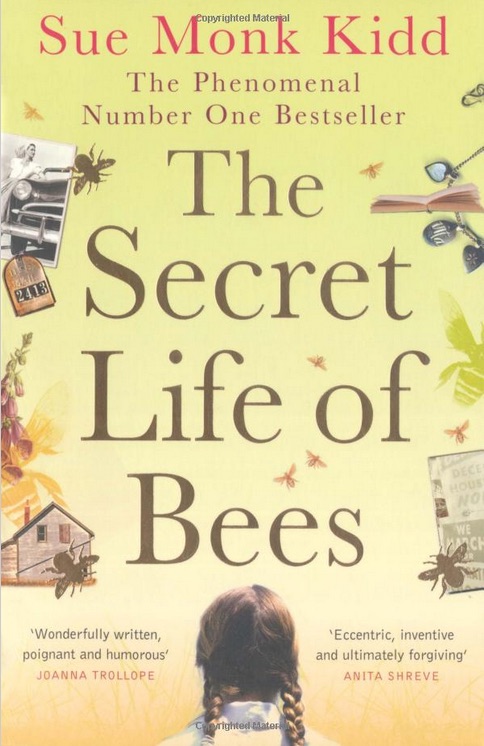
Our group found much to discuss in The Secret Life of Bees but it was not universally popular.
Set in the racially explosive atmosphere of 1960s America, the author describes the indignities, prejudice, humiliation and ignorance routinely suffered by black people on a daily basis. Some members of the group felt that Kidd had not explored racism sufficiently and found the book unsatisfactory because of this but the majority felt the story was primarily about Lily and her journey towards acceptance.
The author skilfully uses the life of bees as a model for human society showing how we are all interdependent and parallels the Civil Rights Movement and black people’s demand for human rights with Lily’s quest for freedom from her torment and perceived guilt.
Most of us found the characters credible and likeable especially strong, independent and wise August and prickly adolescent Lily but others felt the author’s voice was heard too clearly speaking through her characters.
Overall we found this an uplifting and heart-warming story as Lily eventually finds happiness and breaks free from her chains of grief and guilt. She finds a sanctuary in the unquestioning love and friendship of the bee keeping sisters and Daughters of Mary, which allows her to tell her story and come to terms with her anger and sense of loss.
In spite of some contrived and unrealistic situations, oversentimentality and an unlikely happy ending, we found the book ultimately redemptive showing the power of women coming together to heal and nurture each other and the ability of love to transform our lives.
Wolstanton NWR
The Good Terrorist
by Doris Lessing
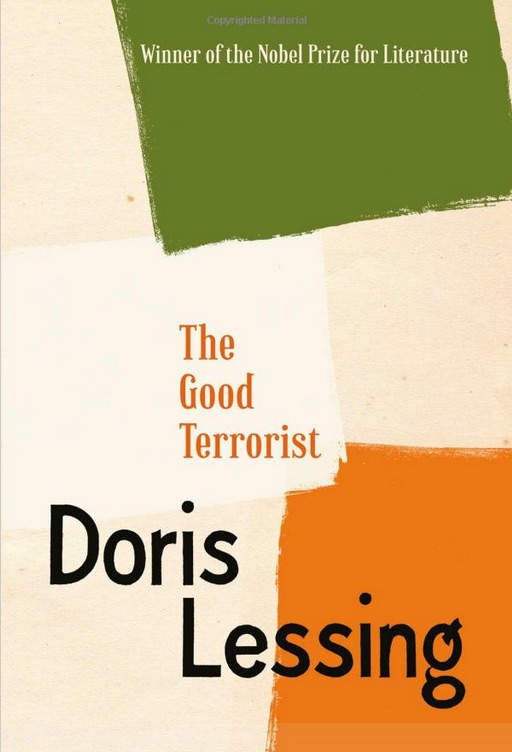
We thought it was good to re-read a contemporary novel of its time in a period that we have all lived through. We found the book to be witty in places, powerful and furious, although we had little sympathy for any of the characters.
The book explored damaged and disaffected characters coming together in a squat and looked at how they related to each other. The book is centred on character development and group dynamics.
The main character Alice – a hostile daughter who steals from her own family – is a mass of contradictions; an angry and bitter revolutionary, brilliant con artist when dealing with authorities, yet she is also a driven homemaker and fearless opponent of bureaucratic injustice. She moves the commune to become a family, which is just what she is looking for, having abandoned her own.
The novel demonstrates Doris Lessing’s unusual insight and narrative abilities. She excels in depicting the fluidity and volatility of the political and personal relationships and how little events cascade into bigger ones.
The novel is entertaining and interesting, but challenging at the same time.
Chesterfield NWR
The Heroes’ Welcome
by Louisa Young
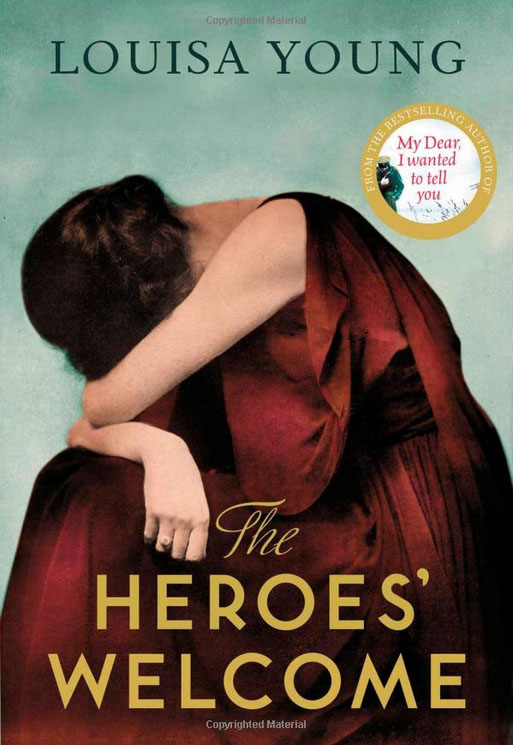
The book starts in April 1919 with the war-damaged Riley and Nadine getting married and the equally, if differently, damaged Peter and Julia struggling to hold their marriage together. Riley has extensive physical damage to his face meaning that he cannot speak nor eat properly and Peter is mentally scarred and drinking heavily. Julia has damaged her own face in a misguided attempt to win her husband’s attention back through her beauty. There is also the sad little figure of Peter and Julia’s small son and Rose, the nurse who wants to train as a doctor. The book focuses on themes of loss and damage – to beauty, innocence and love. Nothing much happens, save the gothic final scene of Julia’s, and the ending is rather disjointed with a sudden ten year jump into the future but the question as to whether you can ever truly return home from war is evocatively asked.
Described as a book which explores the long-lasting consequences of war I expected The Heroes’ Welcome to be an emotional read. In this, however, I was slightly disappointed. I found the characters quite hard to engage with and even by the end I had only really felt an engagement with Julia. The book dove straight into their lives with no background as to what had happened to them and I have now realised that it is a sequel to My Dear I Wanted to Tell You. Apparently, this first book builds the characterisation and I do not feel that ‘The Heroes’ Welcome’ works particularly well as a stand-alone book. The lifelong scars and damage of a conflict like that of 1914-18 are vividly painted in this book but I do wish I had read My Dear I Wanted to Tell You first.
Natalie Punter, National Organiser
See the website for a synopsis of these titles by our members.
If you’re a member, why not start a discussion about these or other books on the NWR website Booklovers Forum or on the NWR Bookworms Facebook group.

